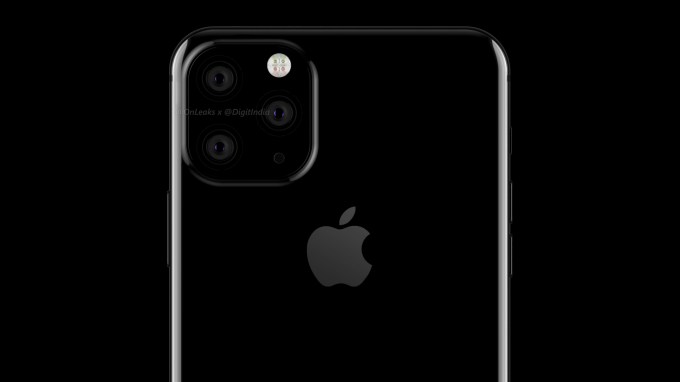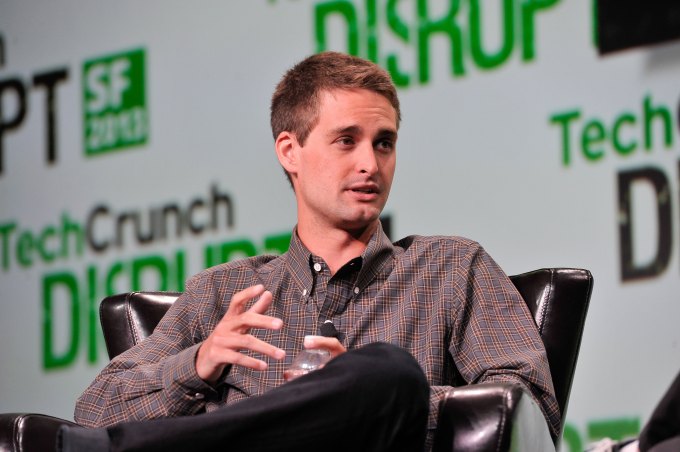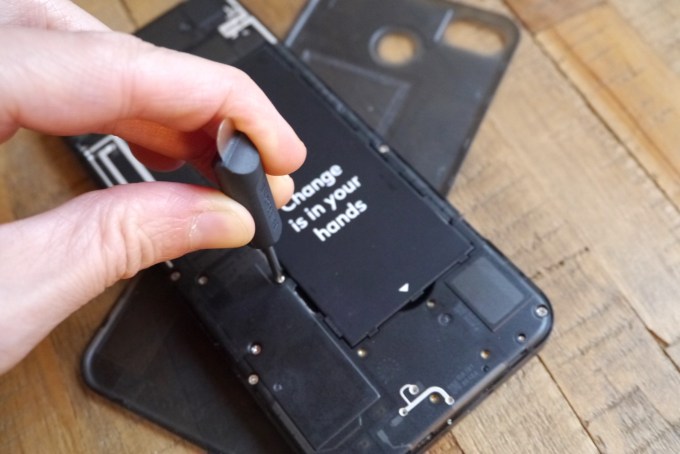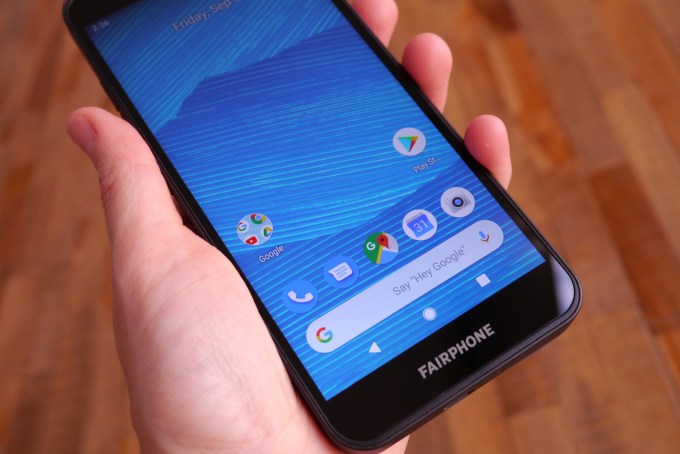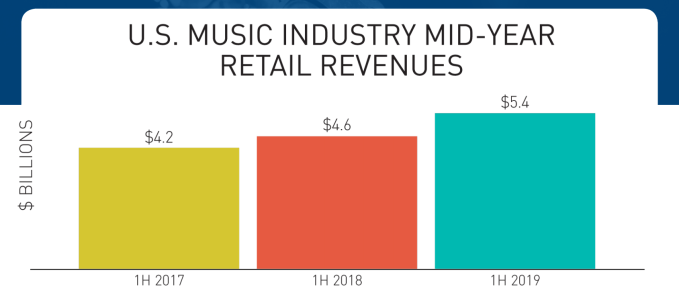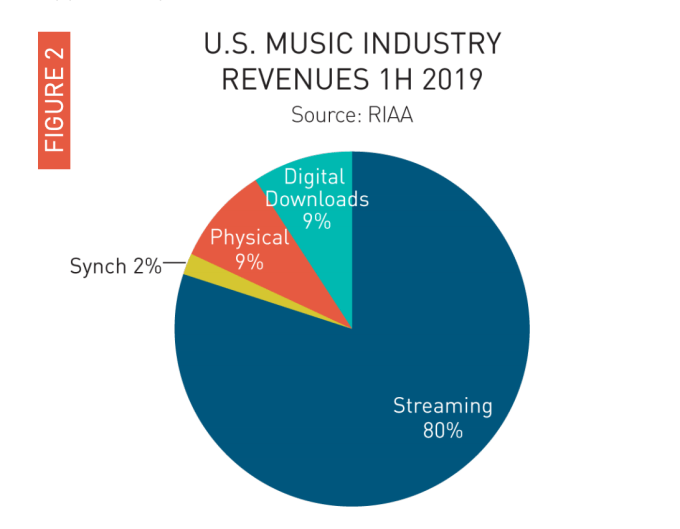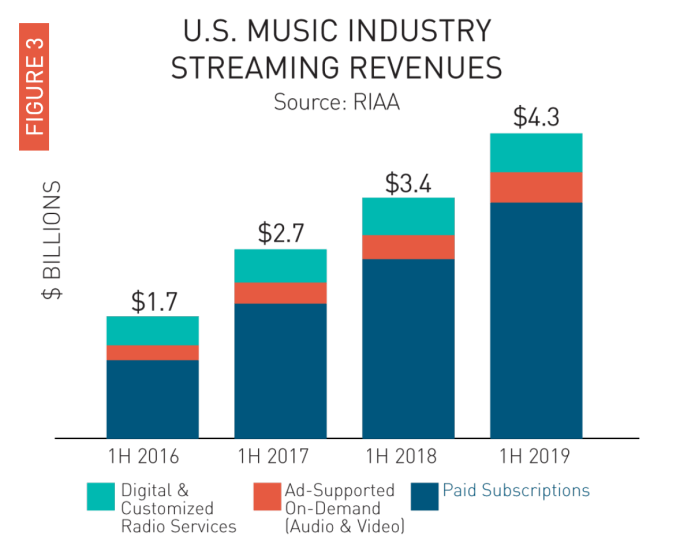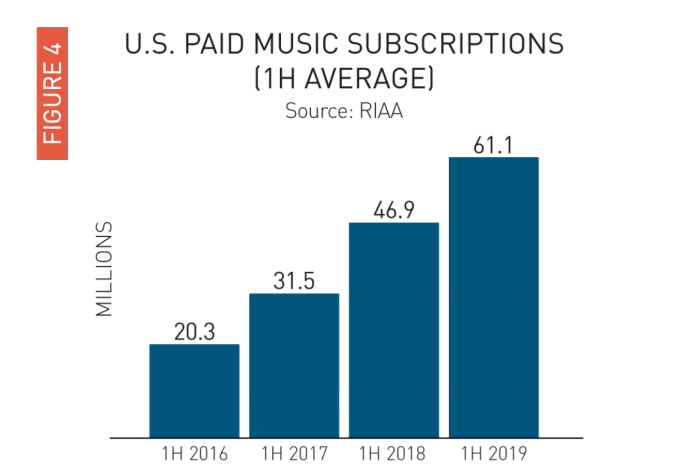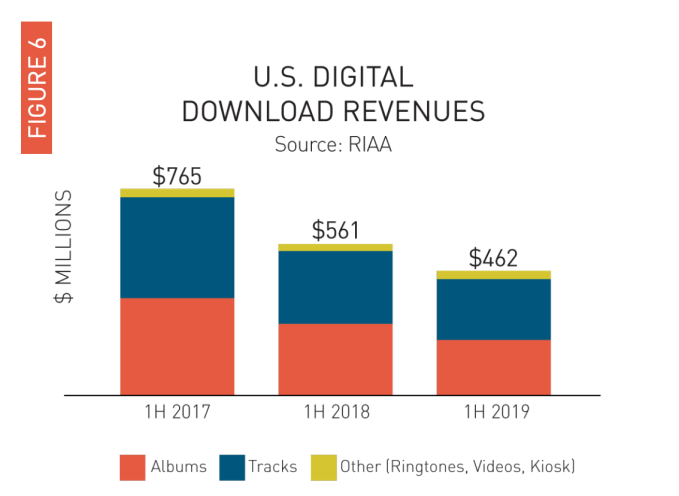A friend and MIT grad wrote to me yesterday, “I don’t know if the Media Lab is redeemable at all.” This in the wake of the bombshell Ronan Farrow piece in the New Yorker, reporting that the Media Lab under its director Joi Ito had covered up a much closer relationship with Jeffrey Epstein than previously revealed. Ito promptly resigned.
The Media Lab has always occupied a curious place in the tech world. According to itself, it “transcends known boundaries and disciplines by actively promoting a unique, antidisciplinary culture that emboldens unconventional mixing and matching of seemingly disparate research areas … In its earliest years, some saw the Media Lab as a house of misfits. Here, the emphasis was on building; the Lab’s motto was “demo or die.””
It ceased being viewed as a house of misfits a long time ago. Instead it has become perceived as a hyper-prestigious, creme-de-la-creme entity, a weird mixture of counterculture and patrician, seen as home to the best (and coolest) of the best, whose annual budget has tripled from $25 million in 2009 to $75 million in 2019. It seems fair to estimate that roughly a billion inflation-adjusted dollars have been spent on it since its birth in 1986.
While it’s an academic institution it has always been exceptionally business-oriented. “At first glance, much of the Media Lab’s research may seem tangential to current business realities, but for more than 30 years, the Lab has demonstrated that seemingly “far out” research can find its way into the most conventional—and useful—applications … The Media Lab has spawned dozens of new products by our members, and over 150 start-up companies,” to quote, again, them.
And yet. One can’t help but notice. Consider its basic ingredients:
- founded in 1986, as Moore’s Law began to hit us all, and tech began the exponential growth that has made it the world’s dominant force
- at the most prestigious technical university on the entire planet
- in a position to pick and choose from the brightest minds of its generation
- allotted $1 billion to spend over those thirty years of hockey-stick growth
Given all that, wouldn’t you have expected … well … a whole lot more than what it has actually accomplished?
Because that list of accomplishments is surprisingly scrawny. Take its spin-off companies. Here’s its list. Trivia question: how many Media Lab spinoffs have gone public, without merging or being acquired, in its 33 years of existence? As far as I can tell, the answer is one, and even that comes with a sizable asterisk: the Art Technology Group, which didn’t start building products until six years after it spun out (it was a consultancy), IPOd during the first dot-boom, and was eventually acquired by Oracle.
There are companies you’ll recognize on that list. Well, there’s one: BuzzFeed. Yes, really. There are a few others of note. Harmonix, makers of Rock Band. Makani Power, acquired by Alphabet six years ago. Elance, which became Upwork and then had its platform phased out. Jana. Formlabs, Otherlab, The Echo Nest, all of which I think are great, but none of which I would have heard of if not for some personal connections. One Laptop Per Child, a bad idea a decade ago and a forgotten one now. And, notably, E Ink, the Media Lab’s one definite, unambiguous big win … back in 1996.
It’s not nothing, but it’s so much less than you’d expect, given its ingredients. It’s certainly no Bell Labs, or Xerox PARC, or even Y Combinator, and I say that as someone who is less of a YC enthusiast than most of the Valley.
OK, I hear you arguing, but they’re a basic research facility! Spinoff companies are not their true measure of success! Sure. Fine. So let’s take a hard look at their own list of their top 30 tech products or platforms (PDF). Aside from E Ink — which, again, was 23 years ago — doesn’t that look a lot like a list of occasionally interesting, but fundamentally limited and/or niche, technologies? Doesn’t it seem rather utterly devoid of any significant impact on the world?
Wouldn’t you have expected so, so much more?
Criticisms that the Lab is more about style and sizzle than serious substance are not exactly new. Nor are they old: here’s a piece condemning its recent “personal food computer” as smoke and mirrors that doesn’t actually work. This “Hunter S. Negroponte” piece dates back to the 1990s. It’s satire, but if you read it, you’ll likely find you can’t help but raise your eyebrows and wonder just how far back the Media Lab’s systemic problems go.
Maybe if it hadn’t been a “plutocratic friendocracy,” to quote former Media Lab faculty, and it had actually systemically favored the best and brightest and most innovative, regardless of background or personal connection — maybe then things would have been very different. Maybe it would actually have been what it pretended to be for all this time.
Source: Tech Crunch




